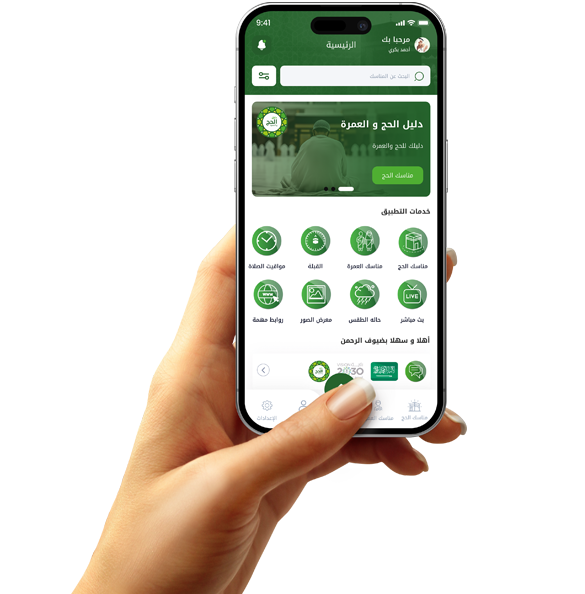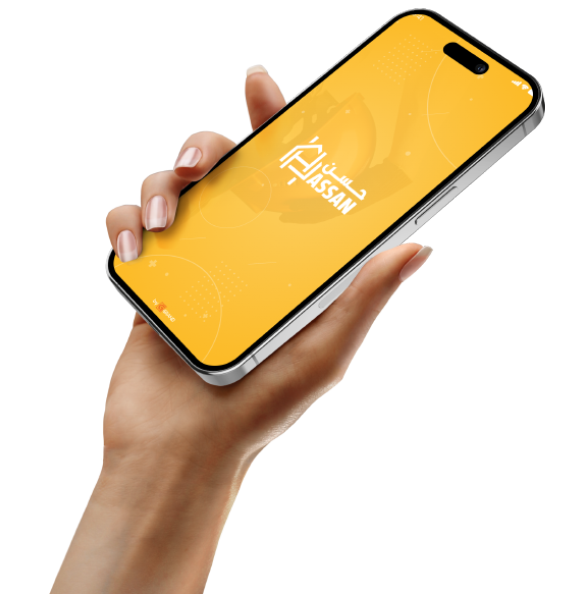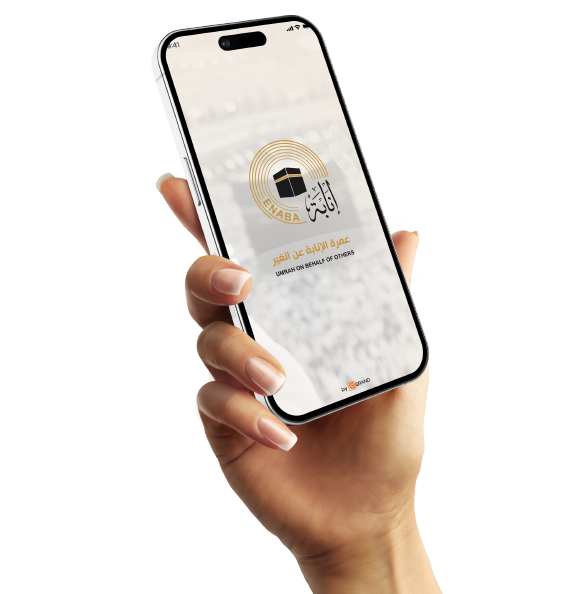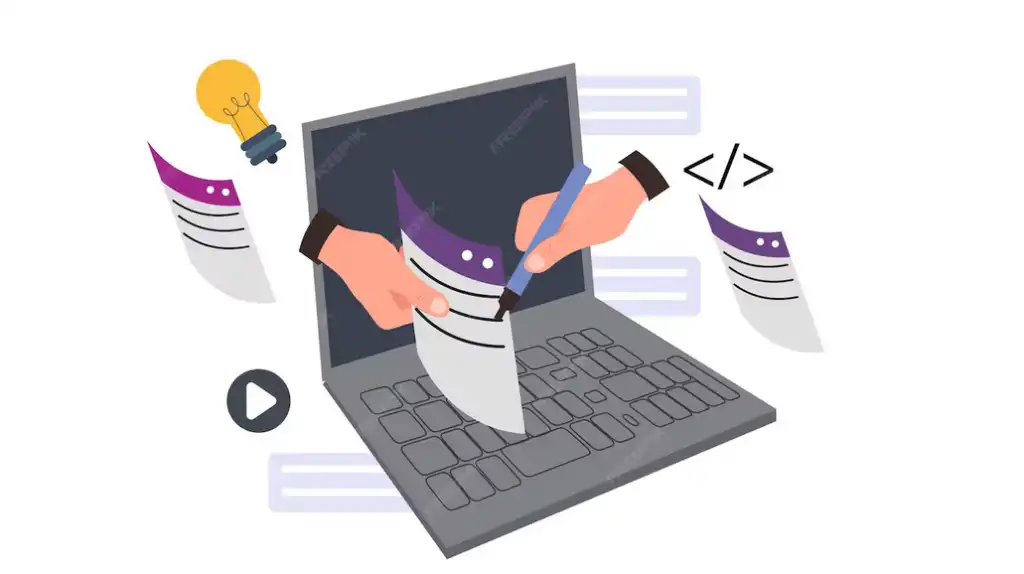Design in-app notifications that don't disturb the user.

Using Personalization to Reduce Inconvenience
One effective way to avoid annoying users with notifications is to personalize them to their interests and in-app behavior.
When a user feels a notification is specifically targeted to them, they are more likely to engage with it rather than ignore it.
Personalizing notifications relies on intelligent data collection, such as when a user chooses products, services, or even their preferred time to engage.
For example, if a user engages with sports content more than any other type, notifications can be personalized to the athlete or team they care about.
This creates a more personalized experience, as the user feels the app truly cares about what they like.
However, personalization must be careful not to become invasive; repeatedly sending notifications based on specific interests can lead to user frustration.

The Balance Between Effectiveness and Intrusiveness
Striking the balance between sending a useful notification and ensuring it doesn't intrude is key to the success of in-app notifications.
Notifications that are effective and provide real value to the user make the app appear as if it's providing a service. Conversely, annoying notifications are counterproductive.
The notification should fit the context of the user at the moment they receive it. If the user is in the middle of browsing or making a purchase, an irrelevant notification should not be sent.
For example, a notification saying "We have a discount on your favorite product" may be ideal when the user is browsing a product list, but it can be annoying if sent during the checkout process.
Too much is bad. It's important not to send repeated notifications at short intervals, as this can increase user fatigue and annoyance.
To avoid this, "smart notifications" technology can be used, which determines the appropriate notification based on several factors: the user's engagement with the app, the type of service used, and even their personal preferences.
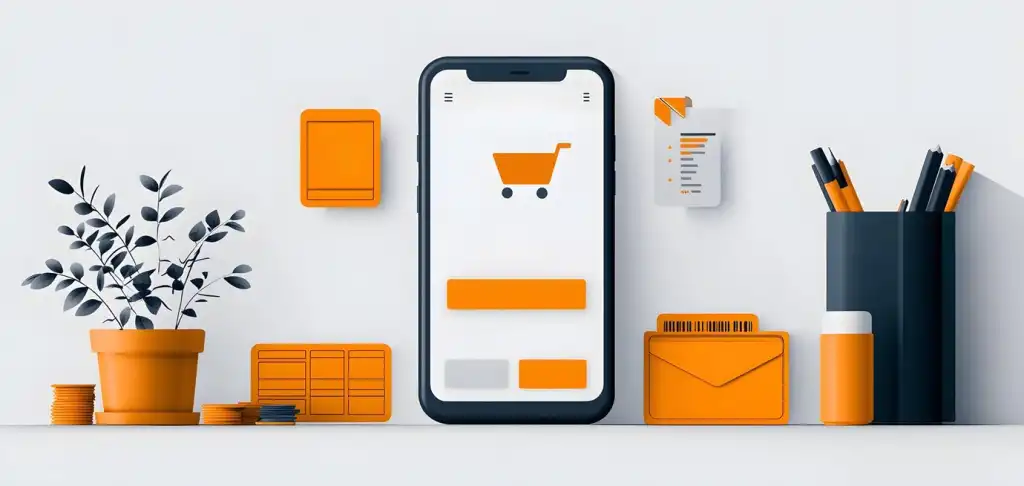
Giving the user options for managing notifications
One of the most important ways to reduce notification annoyance is to give the user complete control over them.
When designing in-app notifications, the user should be able to select the type of notifications they want to receive, such as notifications related to offers, news, or updates.
This gives the user the ability to fully customize their experience. If they don't care about offer notifications, they can simply turn them off.
The user should also be able to decide when they want to receive notifications, such as only receiving them during work hours or during breaks.
When the user feels they have control over their notifications, they are less likely to uninstall the app or turn off notifications altogether.
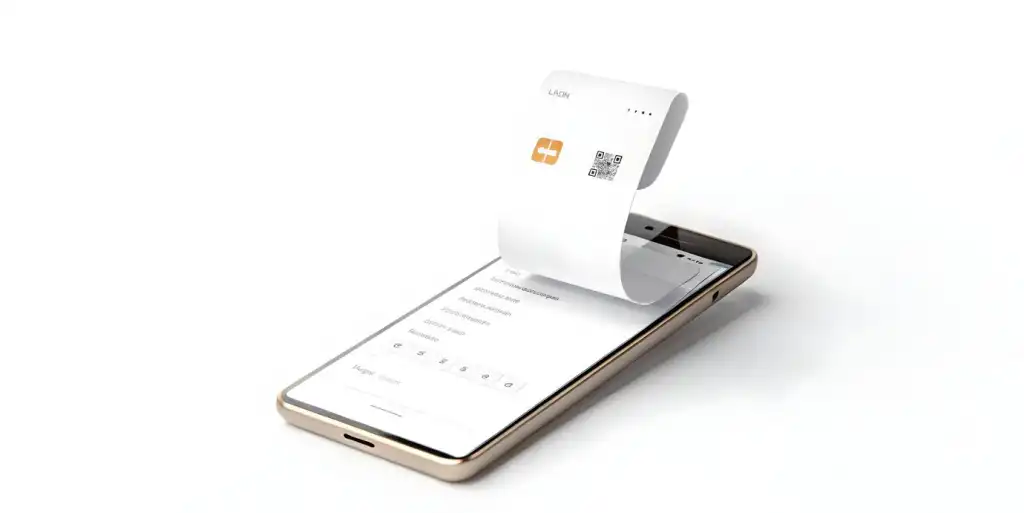
Unobtrusive notifications through short, effective messages
One of the most important rules for designing good notifications is to keep them short and effective. When a user receives a notification, it should contain only the necessary information without causing mental clutter or confusion.
A long or complex notification can confuse the user, making it difficult for them to make a quick decision. Conversely, short, clear messages make it easier for the user to quickly understand the content and take appropriate action.
For example, instead of a long notification like "We have great offers on your favorite products. Want to learn more?", you could send a more clear notification like "30% off your favorite products! Shop now."
This way, it's easier for the user to understand the essential information and make a quick decision.







